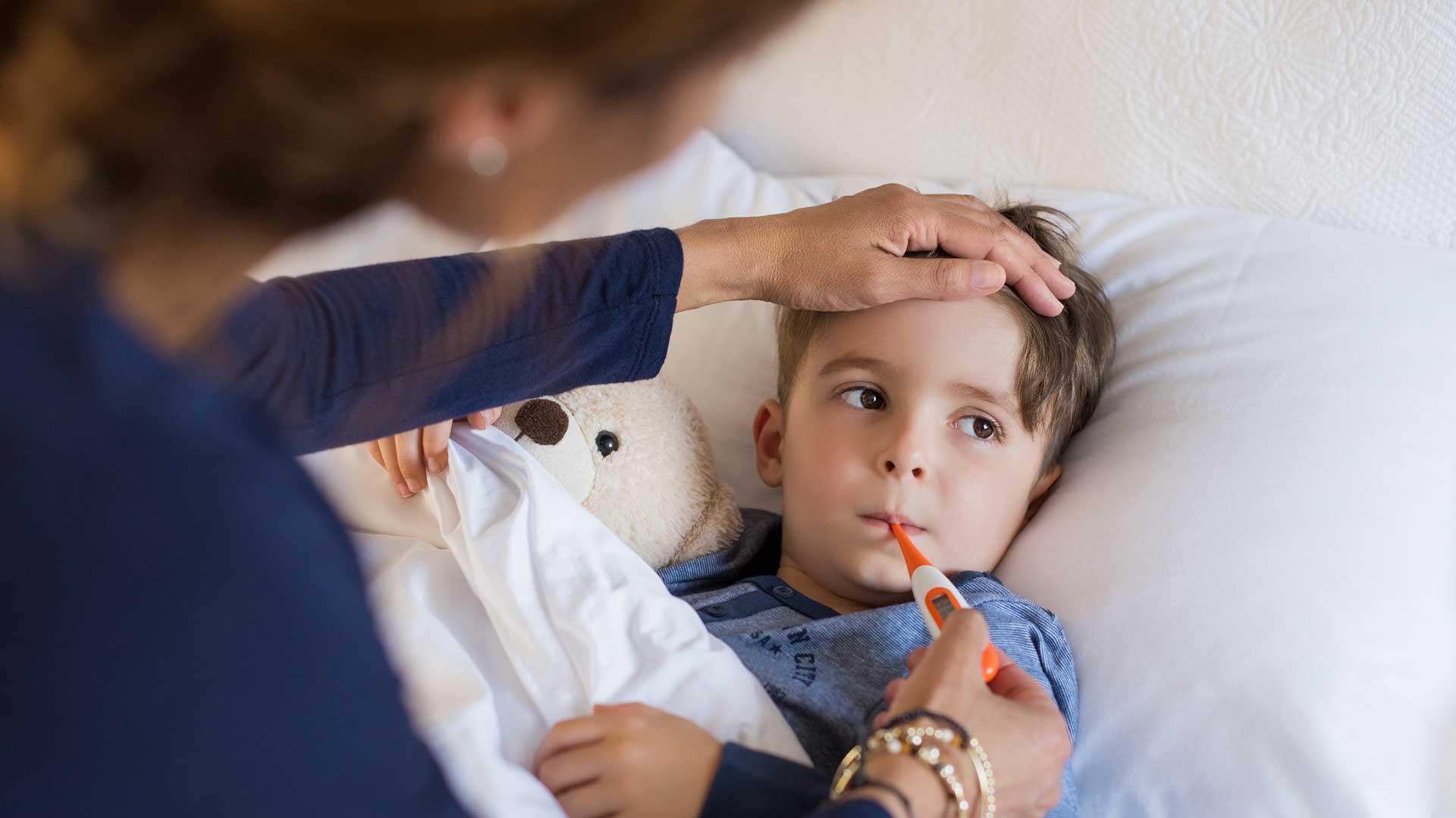Common colds may be common, but they are not easy to deal with. They manage to slow down and tire out even the healthiest of us. So, it’s no surprise that they are even worse for children with type 1 diabetes (T1D).
T1D requires a lot of care and attention from both the parents and the child. When a child with type 1 diabetes is sick, they are more likely to have fluctuations in their blood sugar levels, which is why you must be extra vigilant about its management.
So, let’s discuss what you should keep in mind if your kid with type 1 diabetes catches a cold.
Colds and Blood Sugar Levels
Management of diabetes when your kid is sick with another infection can be tricky, which is why some doctors provide parents with a “sick day” management plan.
The body’s glucose balancing systems are very delicate, and the range of values between which the blood glucose levels should be is pretty narrow.
Catching an infection like the cold or flu puts the body under stress, leading to unpredictable fluctuations in blood sugar. Also, infections lead to changes in appetite, eating habits, and water intake.
With so many factors combined, you can’t guess whether their blood glucose will go up or down, so you need to be extra vigilant and ready for both situations and their complications.
Watch Out for Cold Medicine
Unfortunately, many of the syrups and medications for colds are made to suit a child’s palate, which means that they are made a bit sweet. The added sugars can lead to an increase in blood sugars, so you need to be careful about which medications you are picking and should check their sugar content and any warnings. Luckily, now there are many sugar-free options available in the market, so it’s best to find and use those.
Common medications like paracetamol and ibuprofen are good for pain and fever relief. However, these medications can also impact blood sugars in high doses, so you need to be careful with them and constantly monitor your child’s blood sugars. It’s best to discuss which medicines are okay for your child with their doctor beforehand so you’re ready to jump into action when needed.
Tips for a Dealing with a Cold
1. Keep monitoring blood sugar closely
As I said earlier, blood sugar can fluctuate quite a bit when someone is sick and can be very unpredictable too. In fact, irregular fluctuations in BGL can be an early warning sign of a sickness coming on. A high fever and sore throat can make things even worse. This is why you must keep monitoring your child’s blood glucose levels frequently and make sure that they are not missing any insulin doses when they are sick.
You should keep an eye on the blood glucose levels constantly using a continuous glucose monitoring device. Still, if that’s not possible, it’s best to keep checking the levels every 4 hours or at least more frequently than usual. Make sure to keep an eye on it even at night.
It’s also a good idea to test for ketones and make sure they’re not high, as that can indicate diabetic ketoacidosis. You should be extremely cautious if you suspect your child develops symptoms or signs such as blurred vision, lethargy, fast breathing, or excessive thirst.
You can also write down glucose and ketone readings and intake during this period so that you can keep track of everything and talk to your child’s doctor if need be.
Gluroo can be a great tool for this. Our free collaborative diabetes management app connects with your child’s CGM to record BGL and works as a log for all diabetes-related information. This way you can keep all relevant information in one place.
2. Keep an eye on your child’s diet
When someone is sick, it’s normal for them to lose their appetite. However, for people with T1D, this change in dietary habits can lead to a worsening of their glycemic control.
If your child isn’t eating properly, but you administer the same insulin dose as usual, it can increase the chances of them developing hypoglycemia. This could then worsen their condition further.
The best way to avoid this is by giving your kid foods that are light, easy to eat, and will maintain their blood sugars within range. Foods like yogurt, broth, noodle soups, and crackers are good examples of what they can easily eat when sick.
Another vital thing to watch for is hydration. Often, when kids are sick, they won’t drink or eat enough, leading to dehydration. Less water in the body can also negatively impact their blood glucose levels, so make sure to give them adequate liquids.
3. Prepare ahead
Considering how contagious it is, it’s not very easy to avoid the flu, but you can try to avoid it by asking your child to wear a mask during flu season or getting a flu shot every year after consulting with their doctor. You can also make sure that they wash their hands when they come home and before meals and sanitize regularly.
Apart from that, you can keep some things at home that can help you if your child gets sick, such as extra glucose and ketone kits. You should also keep sugar-free medicines at home if you need them, and they are unavailable on the market. You can also have sugar-free hydration options to avoid dehydration and some sweets and juices in case they get hypoglycemic.
4. Be vigilant for symptoms of hypo and hyperglycemia!
It’s vital that when your kid is sick, you can pick up on signs and symptoms of raised or dropped blood sugar levels so that you can act as quickly as possible.
Hypoglycemia can cause your child to get lethargic, confused, irritated, and anxious. They might also have tremors, excessive sweating, nausea, and might feel lightheaded. If this is the case, check their blood glucose levels and give them a sweet or juice if their sugars are below 70.
Hyperglycemia might not have any symptoms, but if your child starts urinating more, feeling excessively thirsty, seems confused, and has fruity-smelling breath or vomiting, check their blood sugars and urine for ketones as they might be developing DKA. If this is the case, make sure to hydrate them and take them to a hospital immediately.




